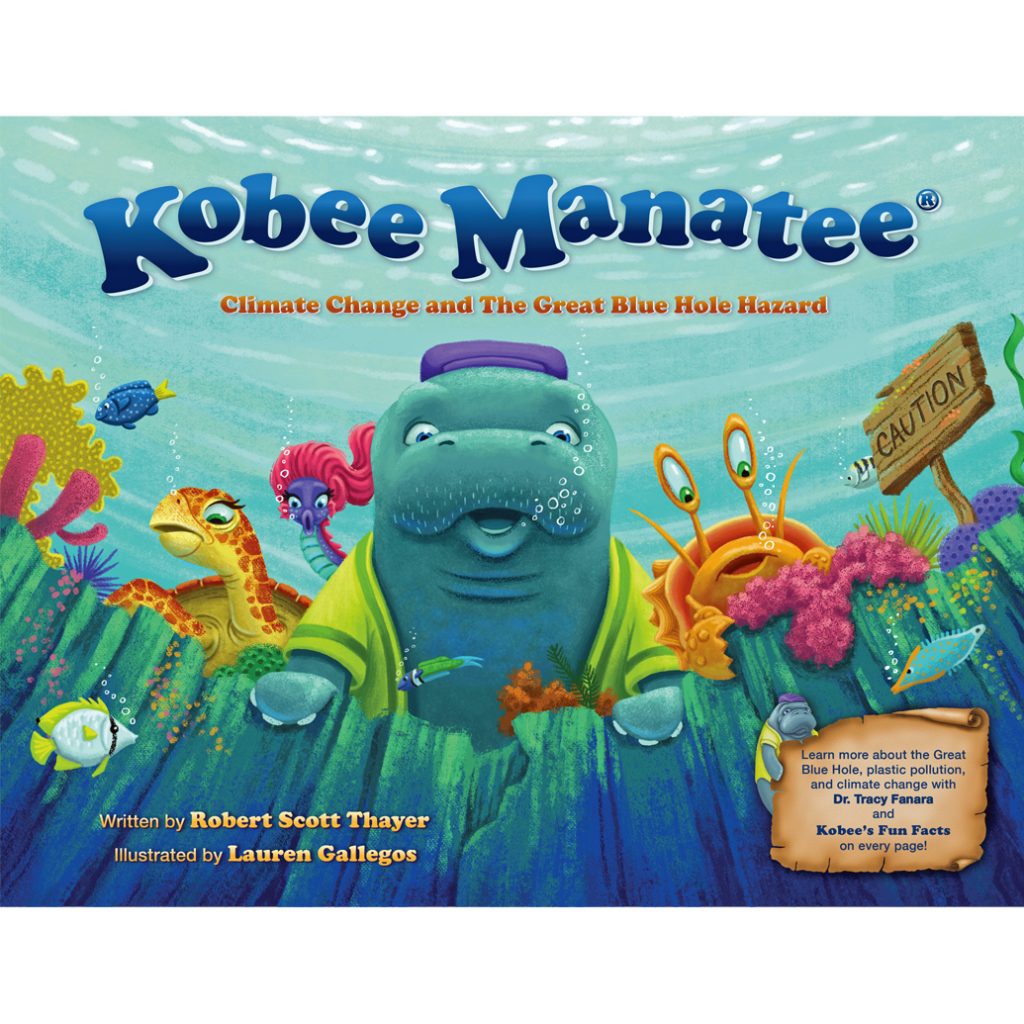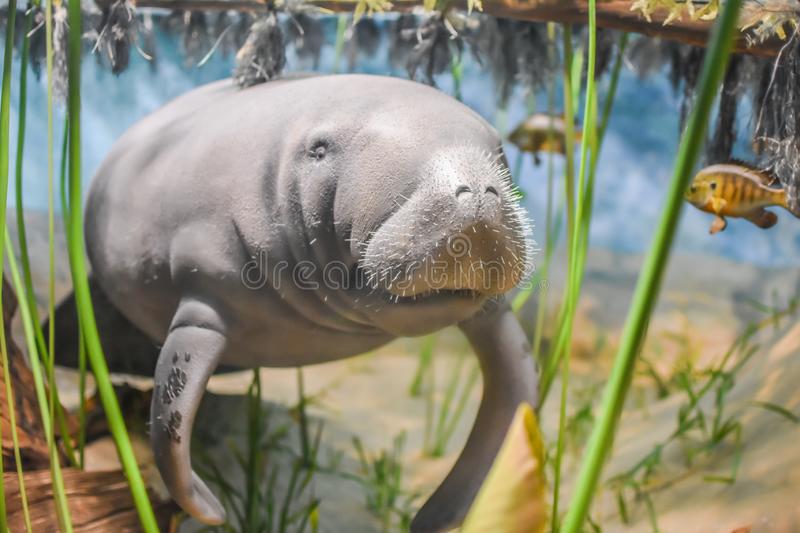March is Seagrass Awareness Month!
Greetings to you! This month I’d like to talk about the celebration of March being Seagrass Awareness Month! What is seagrass?
According to the National Wildlife Federation[NWF], “Seagrasses are underwater plants that evolved from land plants. They are like terrestrial plants in that they have leaves, flowers, seeds, roots, and connective tissues, and they make their food through photosynthesis. Unlike terrestrial plants, however, they do not have strong stems to hold themselves up—instead they’re supported by the buoyancy of the water that surrounds them. Seagrasses are a very important food source and habitat for wildlife, supporting a diverse community of organisms including manatees, fish, octopuses, sea turtles, shrimp, blue crabs, oysters, sponges, sea urchins, anemones, clams, and squid. Seagrasses have been called ‘the lungs of the sea’ because they release oxygen into the water through the process ofphotosynthesis.”
Seagrasses can be found in many locations of our planet, from the waters in Florida, to other global tropical regions, and as far north as the Arctic Circle. Because most of the species exhibit flowing long green grass-like leaves, it’s easy to see why seagrasses have the name they do. Seagrasses love shallow salty and brackish waters and easily can be mistaken for seaweeds. However, seagrasses are much more closely related to flowering plants on land. Why? Because they actually have roots, leaves and stems, which produce flowers and seeds.
About 100 million years ago, seagrasses began evolving and today there are approximately 72 different species found around the world. Additionally, seagrasses can create large, dense underwater meadows, which are even large enough to be seen from space! Seagrasses also provide a wonderful habitat to a diverse community of sea life, ranging from small invertebrates to large fish, crabs, turtles and marine mammals … manatees:).
Seagrass beds are actually very productive and are more important than what meets the eye. Here are a few quick facts …
- Approximately 85% of commercial and recreationally fished species in Florida spend some time in a seagrass bed.
- Of the 60 or so seagrass species, turtlegrass(Thalassia testudinum) is the dominant in Florida.
- Seagrass meadows help fight climate change because they absorb 10-15% of the carbon absorbed by the ocean, which overall absorbs about 25% of global carbon emissions.
- Like salt marshes, seagrass beds slow incoming waves and accrue sediment. The wave absorption protects shorelines from being battered and the sediment filtered from the water helps clean it.
- In a recent study by Randall it reported, “58% of seagrass habitats are in decline.” If you look at all of the services provided by these habitats, you can see that this is cause for concern.
Seagrass Habitat is Declining Globally
According to the International Union for Conservation of Nature[IUCN] “Seagrasses are one of the most rapidly declining ecosystems on Earth. These underwater marine coastal plants are losing 7% of their known area per year. This alarming loss was confirmed at the11thInternational Seagrass Biology Workshop(ISBW1) in Sanya, China where 100 leading seagrass scientists and conservationists met to discuss and update the global status of this critical habitat.
The results of seagrass research and monitoring by international scientists confirmed the global trend of continued seagrass habitat loss and degradation, driven by unsustainable practices in coastal regions including rapid development and pollution.
Seagrass losses pose a further danger to already-threatened species that depend on seagrass for food and habitat, including manatees, dugongs, sea turtles, and sea horses. Seagrass habitats are a nursery for many fisheries species and stabilize and filter shallow coastal environments. The food security of coastal people worldwide depends on healthy seagrass meadows. Additionally, ocean carbon is stored in seagrass meadows, preventing its release into the atmosphere where it would contribute to global climate change.”
Manatees are Dying in Record Numbers Because Seagrass Beds are being destroyed by Fertilizers and Climate Change!
Manatees are in crisis. The Florida Fish and Wildlife Conservation Commission reports more than 1,100 have died in 2021. This is nearly double the five-year average. Why? Because they’re starving to death. According to the Save the Manatee Club, “There are only about 6,000 manatees in all of Florida.”
These manatee deaths are part of a larger trend: around the world, seagrasses are on the decline, mainly because of increasingly clouded waters due to coastal development. Other drivers of this die-off include algal blooms, destructive fishing and boating practices, and the warmer, more acidic waters of climate change.
Announcing an Excellent Way to Talk to Kids about Climate Change
One awesome tool for talking to kids about climate change is to read my fourth installment in the award-winning Kobee Manatee® Children’s Educational Picture Book series. It’s titled, Kobee Manatee® Climate Change and The Great Blue Hole Hazard. It’s about climate change and plastic pollution in our oceans.

When you read this award-winning educational picture book to children, you’ll discover it’s a fun and fictional adventure loaded with weaved in facts on climate change and plastic pollution. This helps children learn about this serious subject in a fun and entertaining way. Here’s a brief synopsis …
Kobee Manatee®, the protagonist and his seafaring pals, Tess the seahorse and Pablo the hermit crab swim from the Cayman Islands to Belize. Kobee wants to help his cousin Quinn clean up plastic litter at her new, all-veggie underwater bistro called Quinn’s Seagrass Café.
On their Caribbean journey they encounter harmful effects of climate change and plastic pollution. As if that wasn’t enough, several other unforeseen problems occur with a distressed loggerhead turtle, a giant Portuguese man-of-war, and a venomous scorpionfish. They’re all amazed when they discover the extraordinary Great Blue Hole. Then their adventure takes another crazy turn when Pablo plunges into its huge abyss!
Each page includes in-depth, scientific details on climate change and plastic pollution in our oceans with Dr. Tracy Fanara, Inspector Planet & NOAA Scientist. Tracy can be seen on The Weather Channel as a visiting expert and she’s also seen on their “Weird Earth” segments.
We already have Fantastic Reviews on this New Release!
“A well-crafted, thoughtful, and well-illustrated addition to a noteworthy educational book series.” —Kirkus Reviews
“Robert Scott Thayer presents an important environmental message in an engaging story with wonderful characters. Anyone who loves the ocean and wants to help save it should read Kobee Manatee: Climate Change and The Great Blue Hole Hazard. I’m looking forward to the next Kobee Manatee adventure.” —Readers’ Favorite
For young readers who enjoy imaginative tales surrounding affable and heroic sea creatures, as well as parents and/or teachers looking for a way to introduce youngsters to the importance of marine conservation, Kobee Manatee® Climate Change and The Great Blue Hole Hazard offers a perfect blend. Highly recommended! – Chanticleer Book Reviews
Keep watching for more of my updates on climate change!
If you see any sick or injured manatees, please call the Florida Fish and Wildlife Conservation Commission at: 1-888-404-3922 (FWCC). They are the folks who are responsible for rescuing us in Florida.
Here’s the Save the Manatee Club link to learn more about us manatees …
Here’s a cool link for you to learn more about how we’re rescued and brought into rehabilitation …
~ Kobee Manatee
Related Posts
“Seagrass Can Store Carbon for Centuries – Millennia” – Dr. Oscar Serrano (February 4, 2016)
